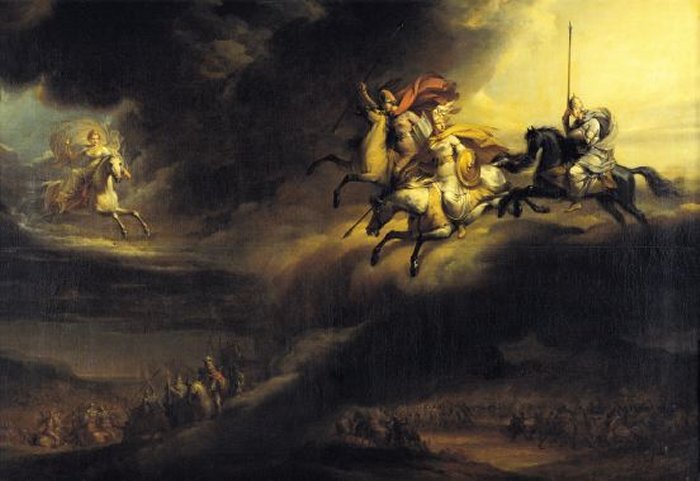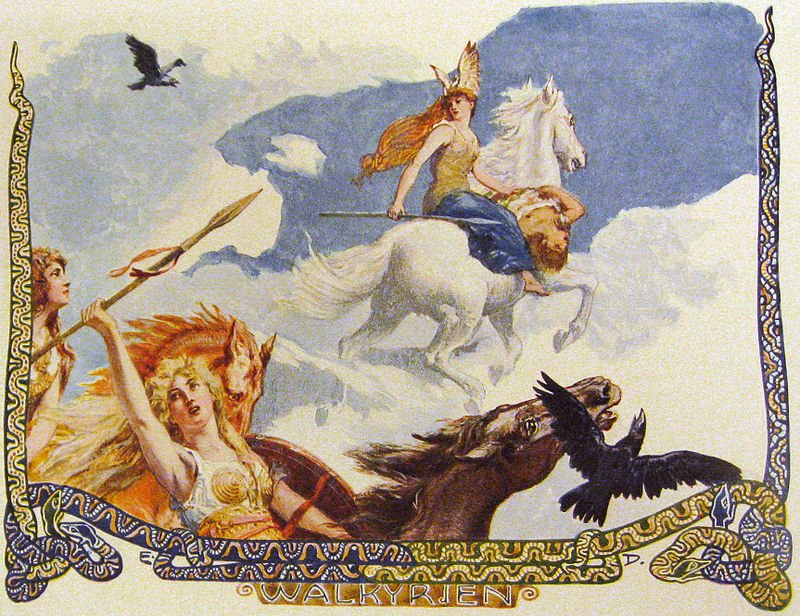Mysterious And Powerful Valkyries In Norse Mythology: The Choosers Of The Slain
A. Sutherland - AncientPages.com - In Norse mythology, the Valkyries were the choosers of the slain. The Valkyries were females riding on horses armed with helmets and spears. They would decide who would die in battle and drift over the battleground to find their prey.
Valkyrior rida till striden (1818) by Johan Gustaf Sandberg (Translation: Valkyries riding to the battle). Credit: Public Domain
Selecting among half of those who die in battle, the Valkyries bring their chosen to the afterlife hall of the slain, Valhalla, ruled over by the great god Odin.
The other half of the fallen warriors were taken to the goddess Freyja's afterlife field Folkvangr (Fólkvangr).
The goddess Freya had the first pick of the fallen Vikings.
The Valkyries Were Not Allowed To Be Seen By Humans
According to Norse mythology, the Valkyries were female virgins, and when a battle took place, there were usually between six and thirteen Valkyries at one time.
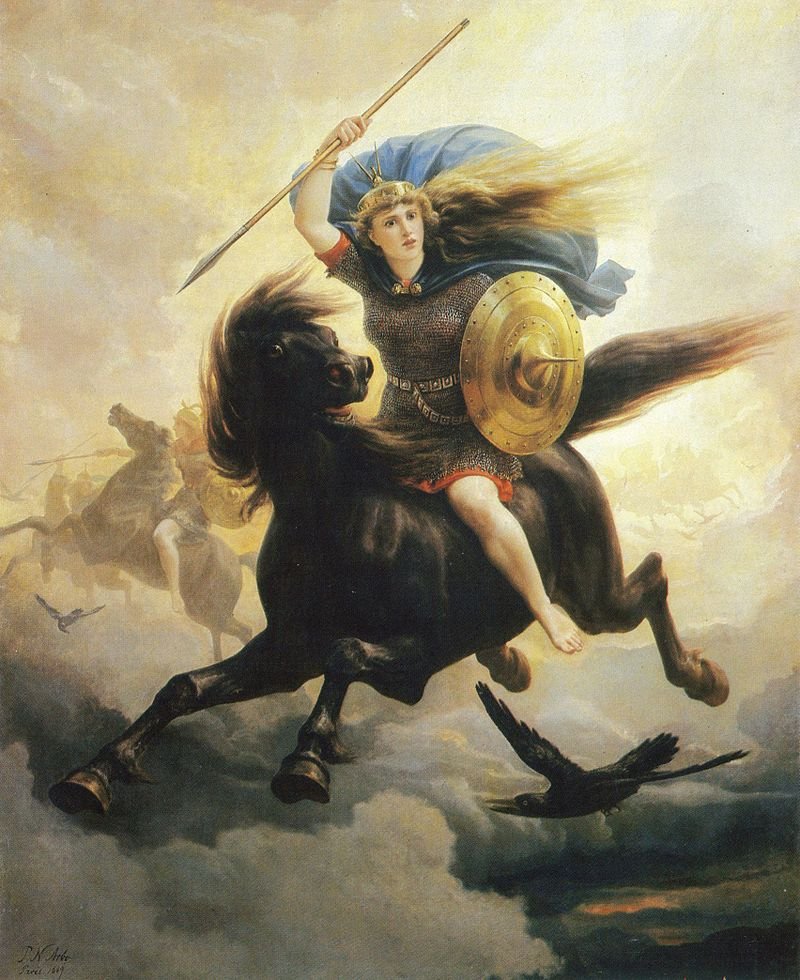 Valkyrie (1869) by Peter Nicolai Arbo. Credit: Public Domain
Valkyrie (1869) by Peter Nicolai Arbo. Credit: Public Domain
Some of the Valkyries had higher ranks and were treated with great respect. Some received unique gifts, and Odin allowed a few maidens to become swans. It allowed them to venture throughout Midgard and mingle with the humans. But if they were seen by the humans, not in their swan form, they would forever turn mortal and could never return to Valhalla.
These Valkyries were also attributed to ravens, as well as swans. These creatures were significant in battles within Old Norse literature, often choosing who would win and who would lose. They also took lovers, suffered punishments from Odin, and even were credited with changing the course of history throughout Viking mythology.
The Valkyries in ancient texts
The name originates from the Old Norse Valkyrja, "chooser of the slain."
Walkyrien (c. 1905) by Emil Doepler. Credit: Public Domain
Valkyries are attested in the Poetic Edda, a book of poems compiled in the 13th century from earlier traditional sources; the Prose Edda and Heimskringla (by Snorri Sturluson) Njáls saga, a Saga of Icelanders, all written in the 13th century. They appear throughout the poetry of skalds, in a 14th-century charm, and various runic inscriptions.
Archaeological discoveries reveal the importance of the Valkyries
Several Viking Age stylized silver amulets depicting women with long gowns, their hair pulled back, sometimes bearing drinking horns, have been discovered throughout Scandinavia. According to archaeologists and historians, the amulets were placed in Viking graves because they were thought to have protective powers.
The Tjängvide image stone from the island of Gotland, Sweden, features a rider on an eight-legged horse, which may be Odin's eight-legged horse Sleipnir, being greeted by a female, which may be a Valkyrie at Valhalla. The 11th-century runestone U 1163 features a carving of a female bearing a horn that has been interpreted as the Valkyrie Sigrdrífa handing the hero Sigurd (also depicted on the stone) a drinking horn.
Valkyries in other ancient cultures
Various theories have been proposed regarding the origin and development of the valkyries.
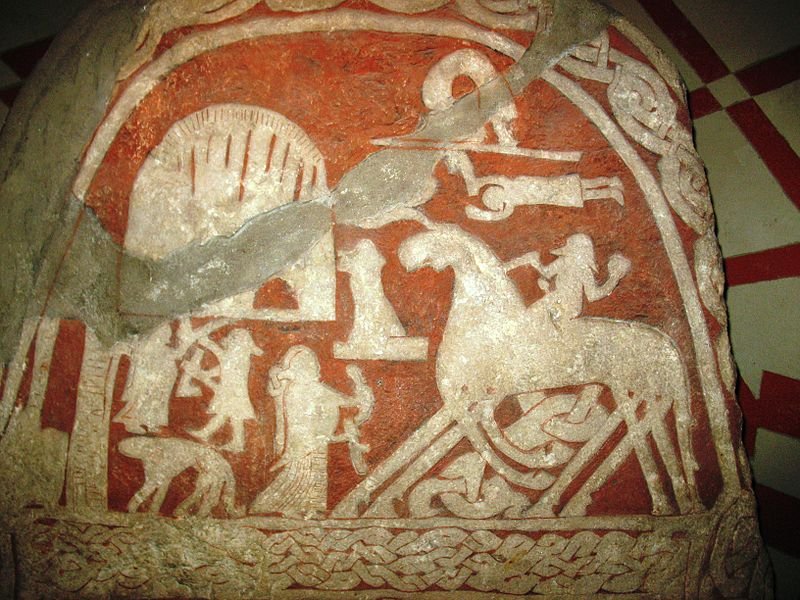 A female figure bears a horn to a rider on an eight-legged horse on the Tjängvide image stone in Sweden. Credit: Berig - CC BY-SA 4.0
A female figure bears a horn to a rider on an eight-legged horse on the Tjängvide image stone in Sweden. Credit: Berig - CC BY-SA 4.0
Valkyries are very similar to those that escort the dead to Hades or other forms of the afterlife in various mythologies throughout human history, particularly in Greek legends. It is interesting to note that common themes and figures occur throughout human history and across multiple cultures or societies.
Updated on November 18, 2022
Written by A. Sutherland - AncientPages.com Staff Writer
Copyright © AncientPages.com All rights reserved. This material may not be published, broadcast, rewritten or redistributed in whole or part without the express written permission of AncientPages.com
Expand for referencesMore From Ancient Pages
-
 Why Was The Dmanisis Gora Fortress Community So Resilient In The Transition From The Bronze To Iron Age
Archaeology | Jun 5, 2023
Why Was The Dmanisis Gora Fortress Community So Resilient In The Transition From The Bronze To Iron Age
Archaeology | Jun 5, 2023 -
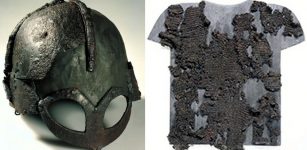 Unique Gjermundbu Helmet – Why Has Only One Viking Age Helmet Been Found In Scandinavia?
Artifacts | Mar 23, 2018
Unique Gjermundbu Helmet – Why Has Only One Viking Age Helmet Been Found In Scandinavia?
Artifacts | Mar 23, 2018 -
 Your Neanderthal Genes May Prevent You From Metabolizing Drugs Efficiently
Archaeology | Jul 25, 2022
Your Neanderthal Genes May Prevent You From Metabolizing Drugs Efficiently
Archaeology | Jul 25, 2022 -
 On This Day In History: ‘Bloody Sunday’ In Northern Ireland – On Jan 30, 1972
News | Jan 30, 2017
On This Day In History: ‘Bloody Sunday’ In Northern Ireland – On Jan 30, 1972
News | Jan 30, 2017 -
 Xiahou Dun ‘The One-Eyed’: Faithful Warrior, One Of Cao Cao’s Talented Officers
Featured Stories | Aug 14, 2019
Xiahou Dun ‘The One-Eyed’: Faithful Warrior, One Of Cao Cao’s Talented Officers
Featured Stories | Aug 14, 2019 -
 Underground Labyrinth With Secret Passages, Tunnels In Dobrogea Plateau, Romania
Featured Stories | May 9, 2022
Underground Labyrinth With Secret Passages, Tunnels In Dobrogea Plateau, Romania
Featured Stories | May 9, 2022 -
 Scientists Attempt To Solve An Ancient Greek Volcano Mystery
Archaeology | Sep 20, 2022
Scientists Attempt To Solve An Ancient Greek Volcano Mystery
Archaeology | Sep 20, 2022 -
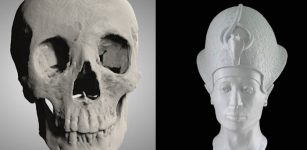 King Tut’s Face Reconstructed By Bioarchaeologist
Archaeology | Nov 26, 2022
King Tut’s Face Reconstructed By Bioarchaeologist
Archaeology | Nov 26, 2022 -
 Pandavleni Caves: Skillfully Carved Rocky Realms Decorated With Sculptures And Inscriptions In Brahmi Script
Featured Stories | Aug 1, 2016
Pandavleni Caves: Skillfully Carved Rocky Realms Decorated With Sculptures And Inscriptions In Brahmi Script
Featured Stories | Aug 1, 2016 -
 Mystery Of The Stull Cemetery: A Gateway To Hell?
Featured Stories | Aug 25, 2018
Mystery Of The Stull Cemetery: A Gateway To Hell?
Featured Stories | Aug 25, 2018 -
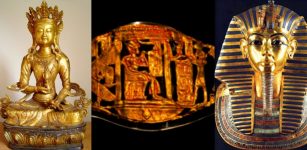 Ancient Sophisticated Technologies: Mercury-Based Gilding That We Still Can’t Reach
Ancient Technology | Aug 1, 2018
Ancient Sophisticated Technologies: Mercury-Based Gilding That We Still Can’t Reach
Ancient Technology | Aug 1, 2018 -
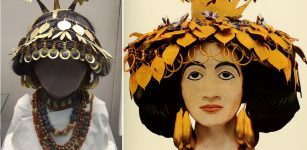 Mysterious Sumerian Queen Puabi And Her Magnificent Underground Burial Complex – Many Followed Her To Afterlife
Featured Stories | Oct 20, 2016
Mysterious Sumerian Queen Puabi And Her Magnificent Underground Burial Complex – Many Followed Her To Afterlife
Featured Stories | Oct 20, 2016 -
 Mystery Of The 2,000-Year-Old ‘Urn Burial’ Ceremonies: 113 Tombs Discovered Near the Ancient City Of Fudi
Archaeology | Oct 11, 2016
Mystery Of The 2,000-Year-Old ‘Urn Burial’ Ceremonies: 113 Tombs Discovered Near the Ancient City Of Fudi
Archaeology | Oct 11, 2016 -
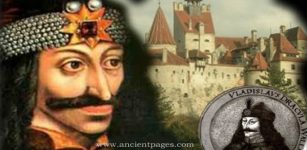 Dracula: Cruel, Ruthless And Bloodthirsty Ruler But Not A Vampire
Featured Stories | Sep 12, 2023
Dracula: Cruel, Ruthless And Bloodthirsty Ruler But Not A Vampire
Featured Stories | Sep 12, 2023 -
 What Did Houses For Ordinary People In Sumer Look Like?
Ancient History Facts | Jul 30, 2017
What Did Houses For Ordinary People In Sumer Look Like?
Ancient History Facts | Jul 30, 2017 -
 Teaching Is Not Essential For People To Learn How To Make Tools, Study Says
Archaeology | Dec 6, 2015
Teaching Is Not Essential For People To Learn How To Make Tools, Study Says
Archaeology | Dec 6, 2015 -
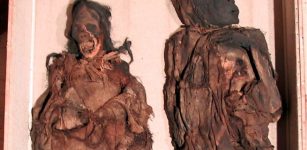 Scientific ‘Detective Work’ With South American Mummies Reveals They Were Brutally Murdered
Archaeology | Sep 9, 2022
Scientific ‘Detective Work’ With South American Mummies Reveals They Were Brutally Murdered
Archaeology | Sep 9, 2022 -
 Skegriedösen (Skegrie Dolmen) – 5,000-Year-Old Stone Chamber Tomb In Southern Sweden
Featured Stories | Feb 11, 2023
Skegriedösen (Skegrie Dolmen) – 5,000-Year-Old Stone Chamber Tomb In Southern Sweden
Featured Stories | Feb 11, 2023 -
 Pharaoh Ay – A Man With A Hidden Agenda Or A Victim Of Unfortunate Circumstances?
Featured Stories | Feb 5, 2019
Pharaoh Ay – A Man With A Hidden Agenda Or A Victim Of Unfortunate Circumstances?
Featured Stories | Feb 5, 2019 -
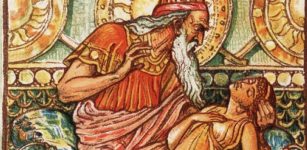 King Midas’s Gold Desire Became A Nightmare
Featured Stories | Nov 2, 2023
King Midas’s Gold Desire Became A Nightmare
Featured Stories | Nov 2, 2023

